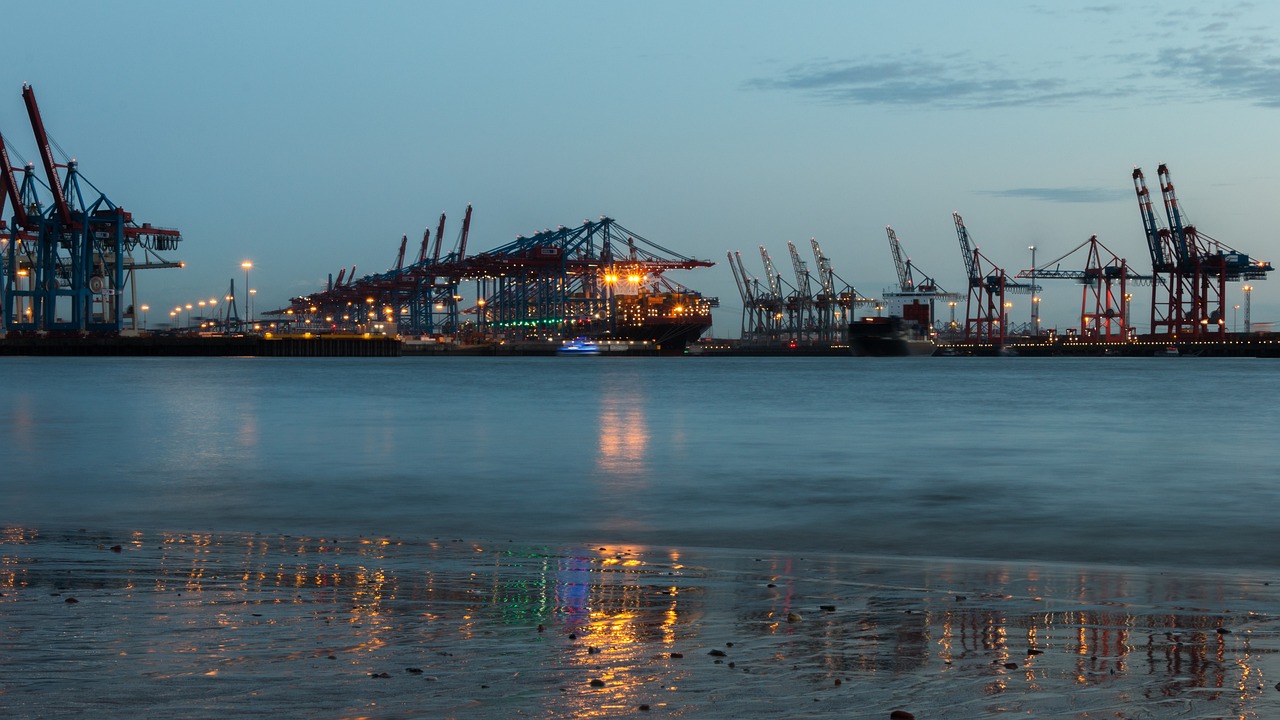Japan has officially launched a new military unit called the Maritime Transport Group to improve the logistics and transportation capabilities of its Self-Defense Forces (JSDF).
The unit will help quickly send troops and equipment to front-line and remote island bases. The inauguration ceremony was held on March 24 at the Kure naval base in Hiroshima Prefecture.
The idea for this unit was first introduced in 2018. It aims to enhance the JSDF’s ability to respond quickly, especially to areas southwest of Okinawa.
The Maritime Transport Group is a joint unit made up of about 100 personnel selected from the Ground, Maritime, and Air Self-Defense Forces.
Most of the team members are from the Ground Self-Defense Force (GSDF), which will also operate the vessels. The unit will be overseen directly by Japan’s defense minister, similar to how the US Army manages its landing craft fleet.
Japan’s Defense Ministry plans to acquire ten vessels by March 2028, to support this unit. These include two Logistics Support Vessels (LSVs), four Landing Craft Utility (LCUs), and four maneuver support vessels.
These ships will be stationed at the Kure base and the Hanshin base in Kobe.
Video Credits: /Facebook
There are also plans to build docking facilities on Amami-Oshima Island in Kagoshima Predecture. So far, two vessels have already been launched.
The first vessel, an LCU named Nihonbare, was launched in October last year at the Naikai Zosen shipyard in Onomichi City, Hiroshima.
It is about 80 meters long, has a draft of 3 meters, and weighs around 2,400 tons.
The vessel can carry about 30 crew members and transport around twelve 20-foot containers. It is also capable of beach landings, allowing it to load and unload on sandy shores.
A month later, the Yoko, a larger LSV, was launched at the same shipyard. It measures about 120 meters in length, has a draft of 4 meters, and a displacement of 3,500 tons.
Unlike Nihonbare, Yoko lacks beaching ability but has a side ramp on its starboard side for loading and unloading vehicles and supplies.
Around 50 personnel are assigned to operate Yoko, which is expected to be operational by May.
There is an ongoing maritime dispute over the Senkaku Islands (known as Diaoyu in China), which Japan controls but China also claims.
Per Japan Coast Guard data, Chinese government ships entered the area surrounding these islands on 355 out of 366 days in 2024- the highest number recorded since 2008.
Japan’s Defense Minister Gen Nakatani has expressed the need to strengthen transportation to the southern islands due to growing tensions near the Taiwan Strait.
Local reports say that the vessels being procured are designed for docking at shallow ports and landing on beaches. However Chinese military analysts have constantly criticised the development.
They argue that despite being labeled a “transportation group” the new unit is structured in a way that supports offensive operations.
One analyst, Zhang Junshe, pointed out that the group’s main goal is to improve Japan’s ability to carry out amphibious operations in its southwestern islands, including Okinawa, Miyako, Ishigaki, and Yonaguni.
He noted that while the unit is currently focused on logistics, it could be converted into a full-scale amphibious force in the future.
Japan’s Chief Cabinet Secretary Yoshimasa Hayashi said on April 1 that Japan is closely monitoring China’s military drills near Taiwan.
In response, China’s Foreign Ministry spokesperson Guo Jiakun warned Japan to be cautious, saying that the Taiwan issue is central to China’s national interest and vital to China-Japan relations.
Guo also reminded Japan of its historical responsibility, stating that Japan’s colonial rule over Taiwan for over 50 years left deep scars and that Japan should act carefully in regional affairs.
References: Japan Times, Global Times
Do you have info to share with us ? Suggest a correction






